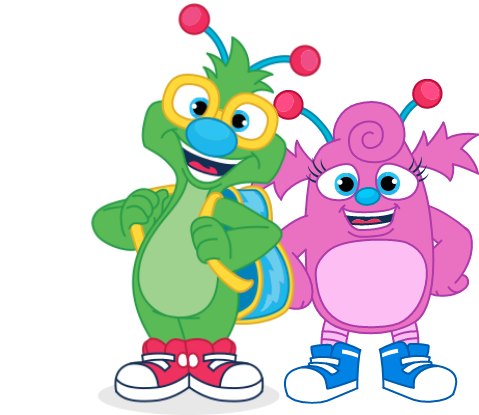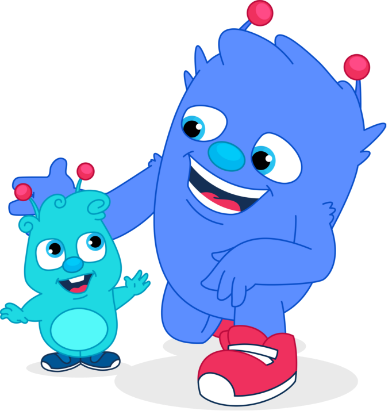September 13, 2018
What Happened to Joy?
Contributed by Alison Tweedie, Education Specialist
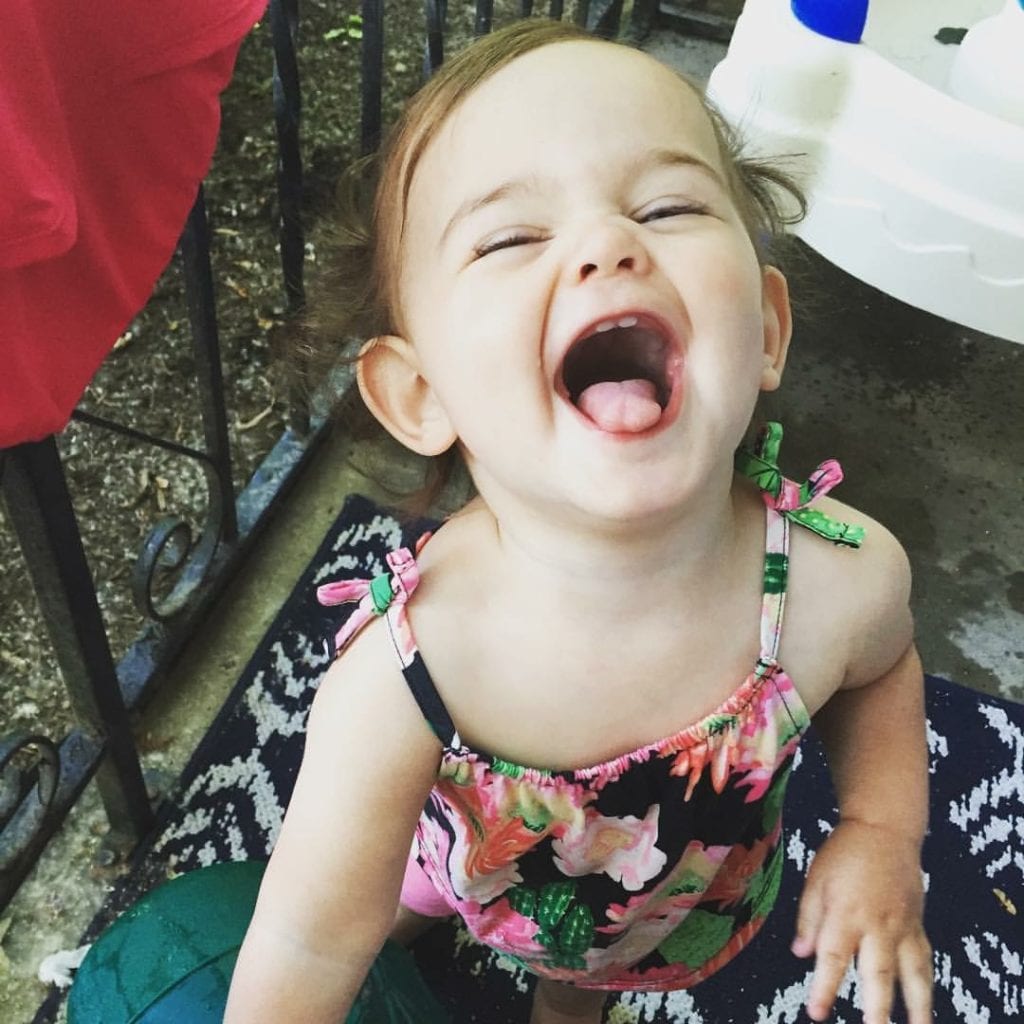
“Joy,” brings me visions of my two year-old’s reaction to the Fun Slide at the local Carnival. He squealed over every bump of the smooth plastic. At the bottom, he leaped out of his burlap sack and started screaming, the biggest smile spread across his face as he jumped up and down over and over exclaiming, “I want to do it again! That was so fun!” My focus may have been on him– his ride, his experience, his reaction, his elation, but I had felt the same thrill and exhilaration going down the slide in the lane next to him- yet I did not jump or scream at the end. I smiled, I nodded, I laughed, and I validated his feelings, but my joy was muted compared to his.
Somewhere between those early years and adulthood we travel through the various stages of development and we “grow up.” At some point on that journey we come to believe that there is an unwritten societal expectation that frowns upon adults expressing joy in a child-like manner. No more screaming and jumping up and down to show our intense feeling, with a few exceptions: receiving really big, exciting news, marriage proposals, your sports team doing something really spectacular. Other than that, adult joy is experienced more inwardly and reservedly than that of childhood joy.

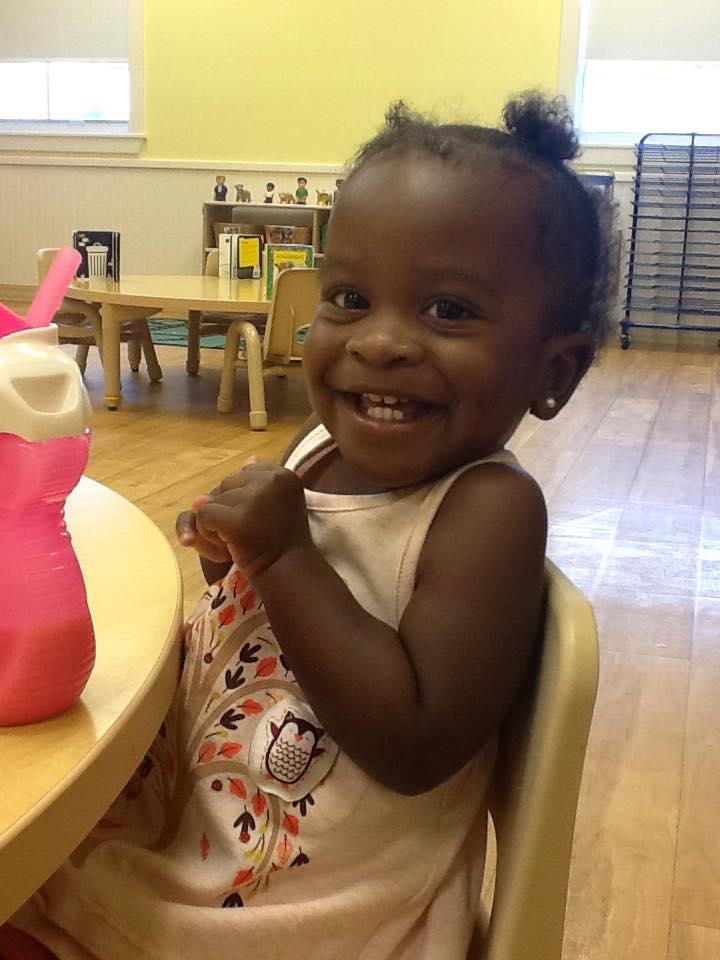
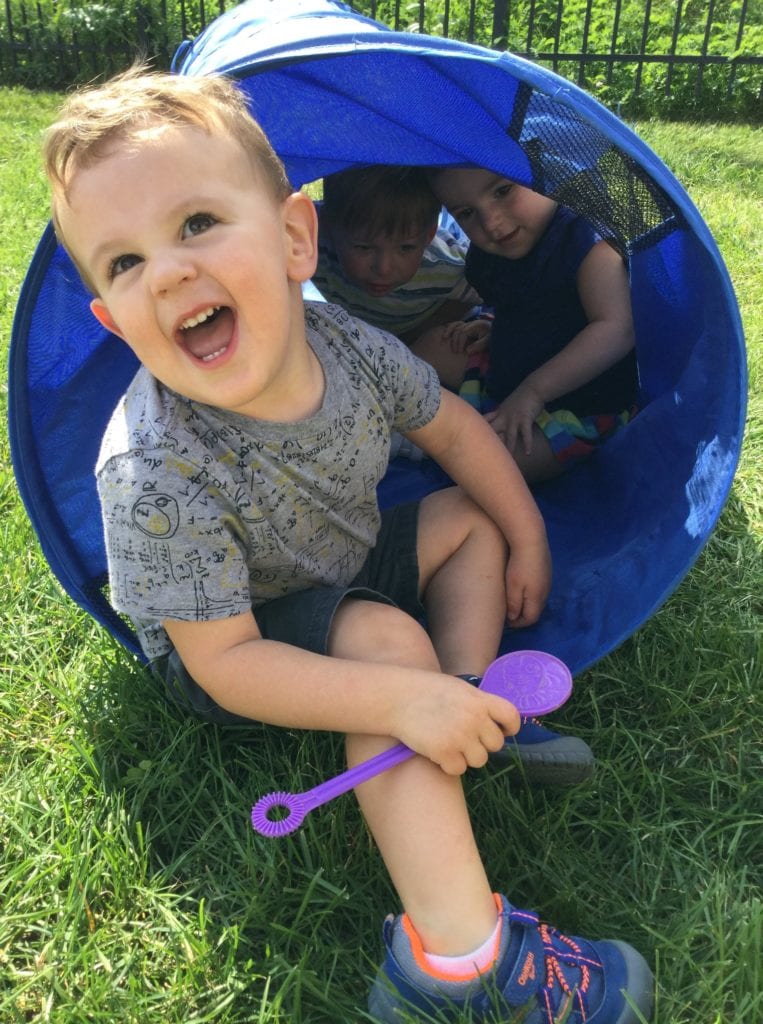
Joy recently started showing up all over my social media feeds- Ted Talks, news articles, blog posts, memes, gifs, and Insta-stories. It seemed to me that society was expressing a strong interest in joy, and wanted to talk about it. One particular Ted Talk connected with me when the specific things adults described as “joyful” in the presenters research were items I associate with children or childhood memories: “hot air balloons, bright colors, ice cream (with sprinkles).” Which got me thinking: if the things that bring us joy don’t change from childhood to adulthood, why is our manner of expressing it diluted? If children and adults all love ice cream, why do we have such different reactions to the sound of the Ice Cream Truck?
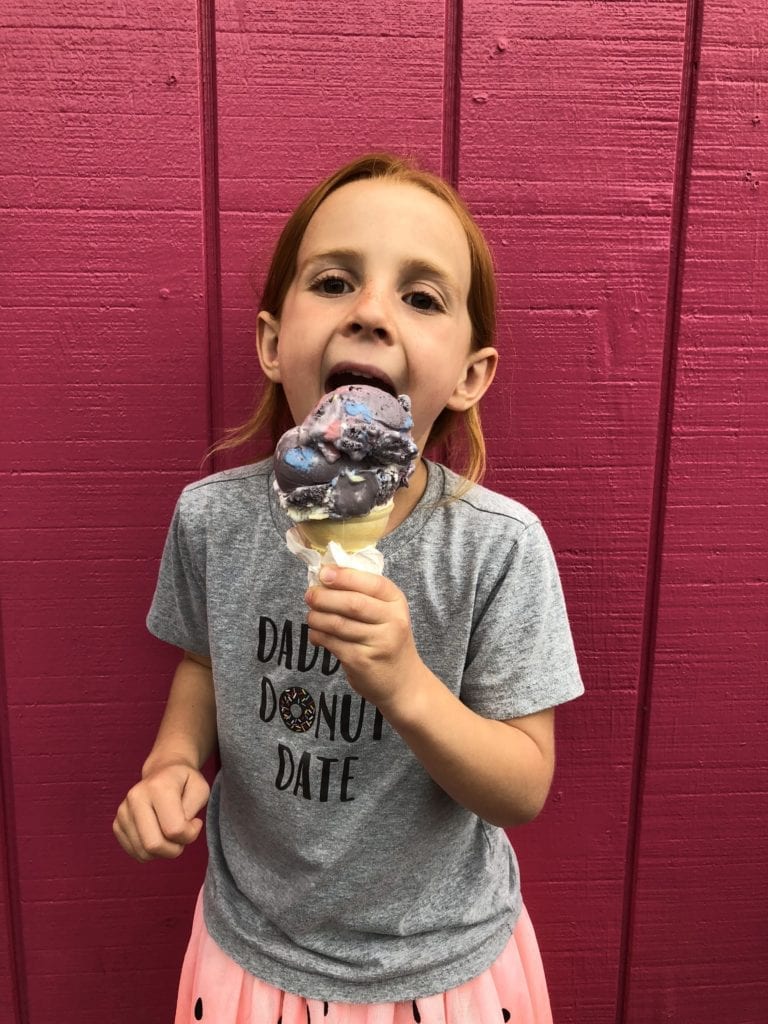
In mulling over this query with my husband, he had a solid point: the child’s mind and the adult’s mind are having dramatically different thought processes during this ice cream truck scenario. Their thoughts probably sound something like this:
Adult: Yum. This is tasty. There’s a lot of sugar in this ice cream – has he had too much sugar today? I better make sure he brushes his teeth really well tonight. What am I going to make for dinner? Is this going to spoil dinner? He needs a bath tonight… and so on.
Child: Ice cream!
Both are excited about the ice cream, and both find joy in eating the ice cream. However, the child is in the moment and the adult is… not.
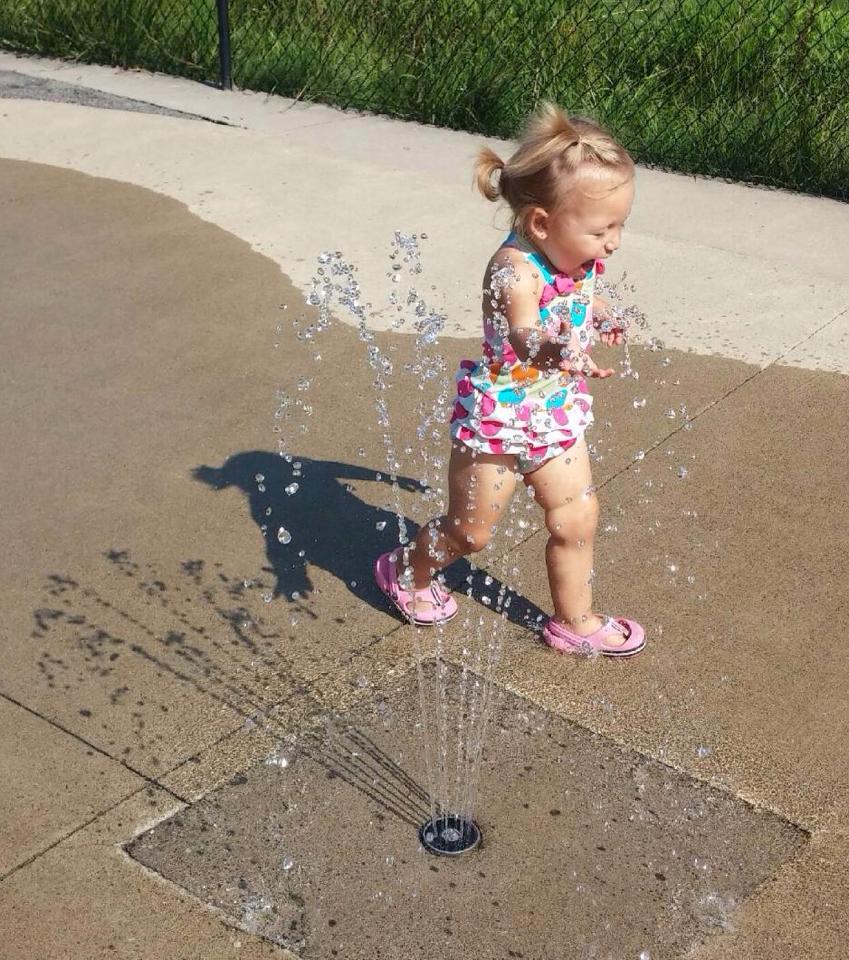
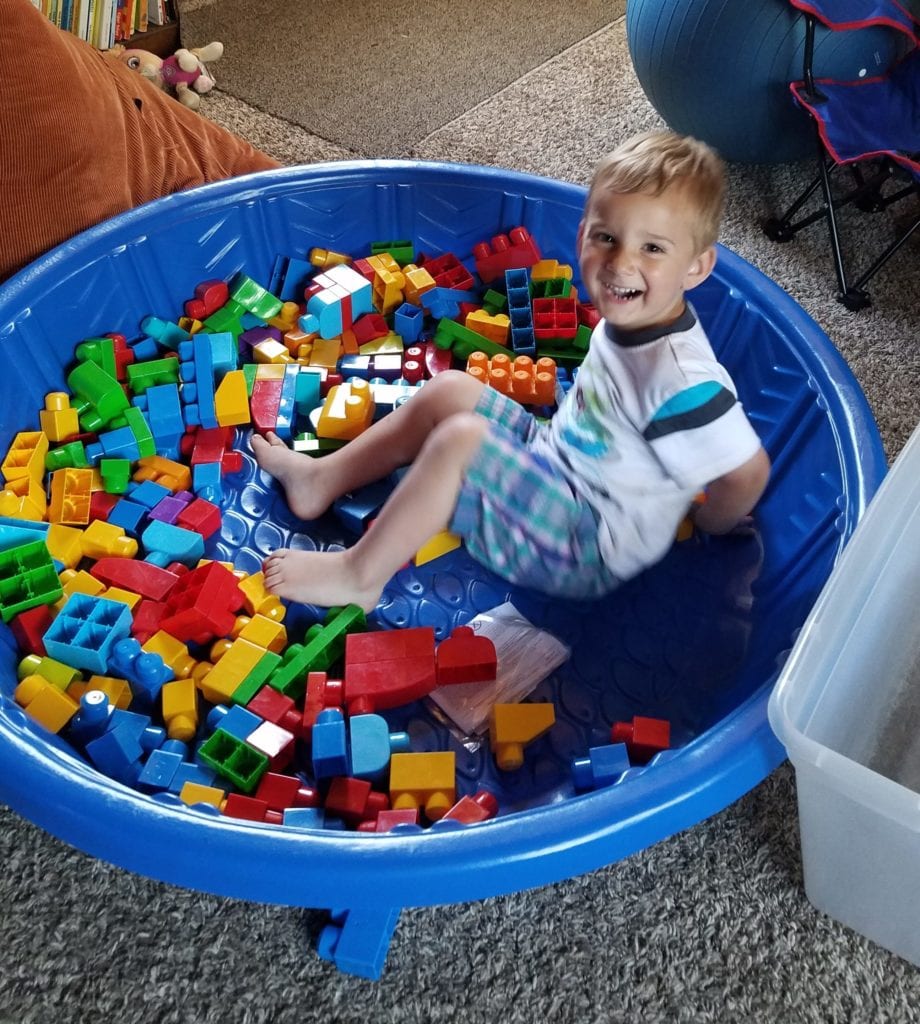
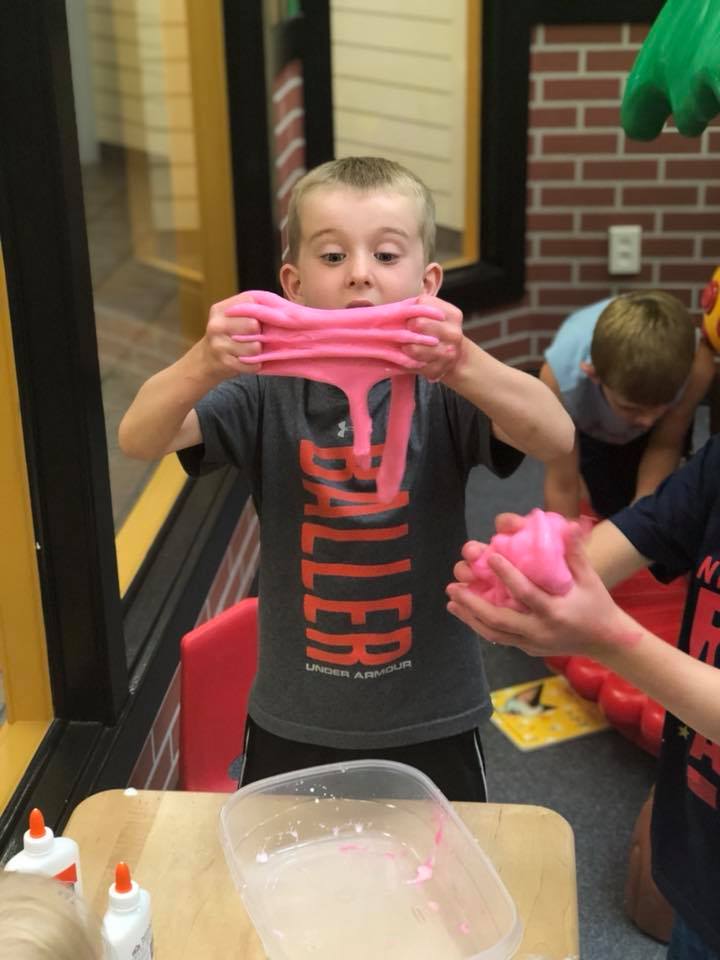
This gave me an idea: what if joy is like a penny? Let me explain. Most people pass by things, like pennies, and never even notice these items in their environment. But, let’s say you are someone that collects coins – now your awareness of this items’ existence is heightened and you begin seeing them all over the place!
I started playing a game with myself—every time I experienced something that brought me joy, I said it out loud. That first sip of a good cup of coffee, “Joy.” The way my youngest son wakes up with the cutest bed-head, “Joy.” A clean countertop, “Joy.” My toddler’s dance pose and bow at the end of his living room dance performance, “Joy.”
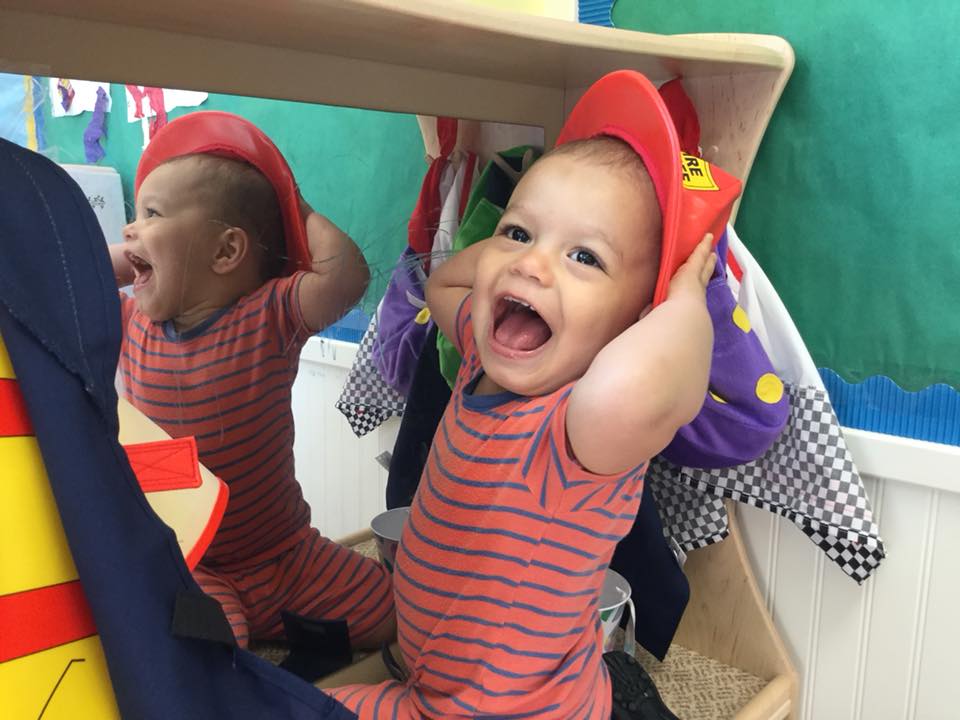
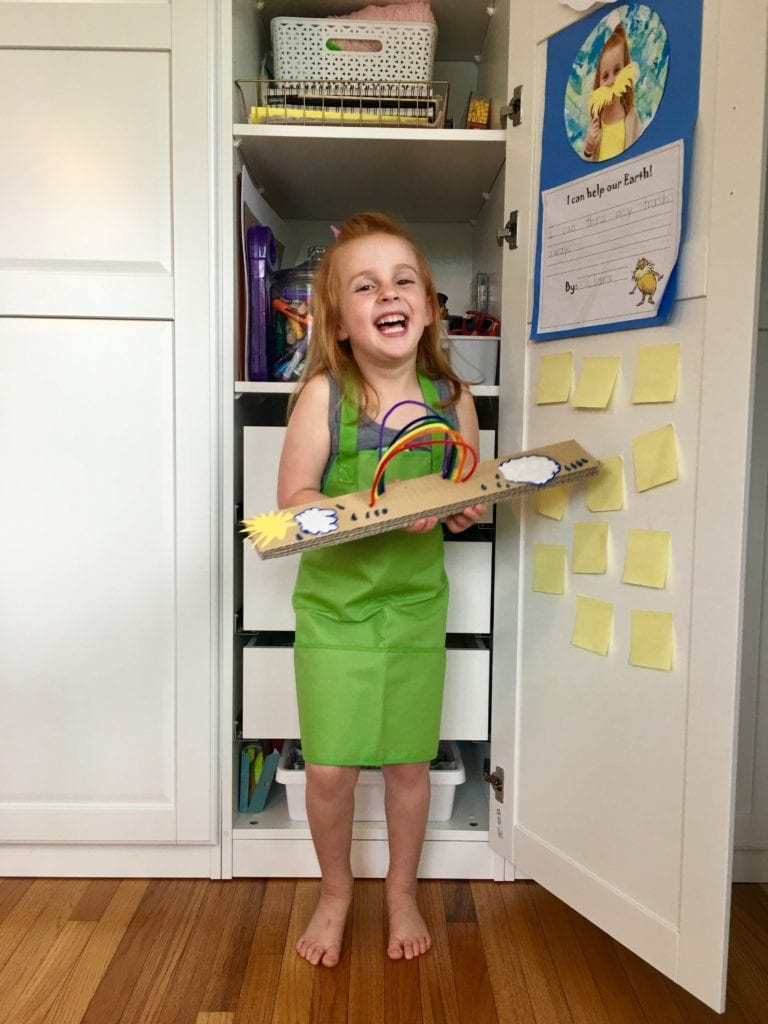
My hypothesis was that by verbally acknowledging joy it would increase how many joyful moments I had in my day, week, month, etc. What I didn’t anticipate was how my mood and feelings could affect what I found to be joyful from day to day. One day the kids marching around the house banging on pots and pans singing at the top of their lungs brought me joy, another day it brought me the opposite of joy. It seemed my energy level and patience determined whether I defined that moment as one of creative expression or an annoyance. I acknowledged these feelings in myself and used them to reflect a bit deeper, understanding that it was me, not the children, this change in perspective was stemming from.
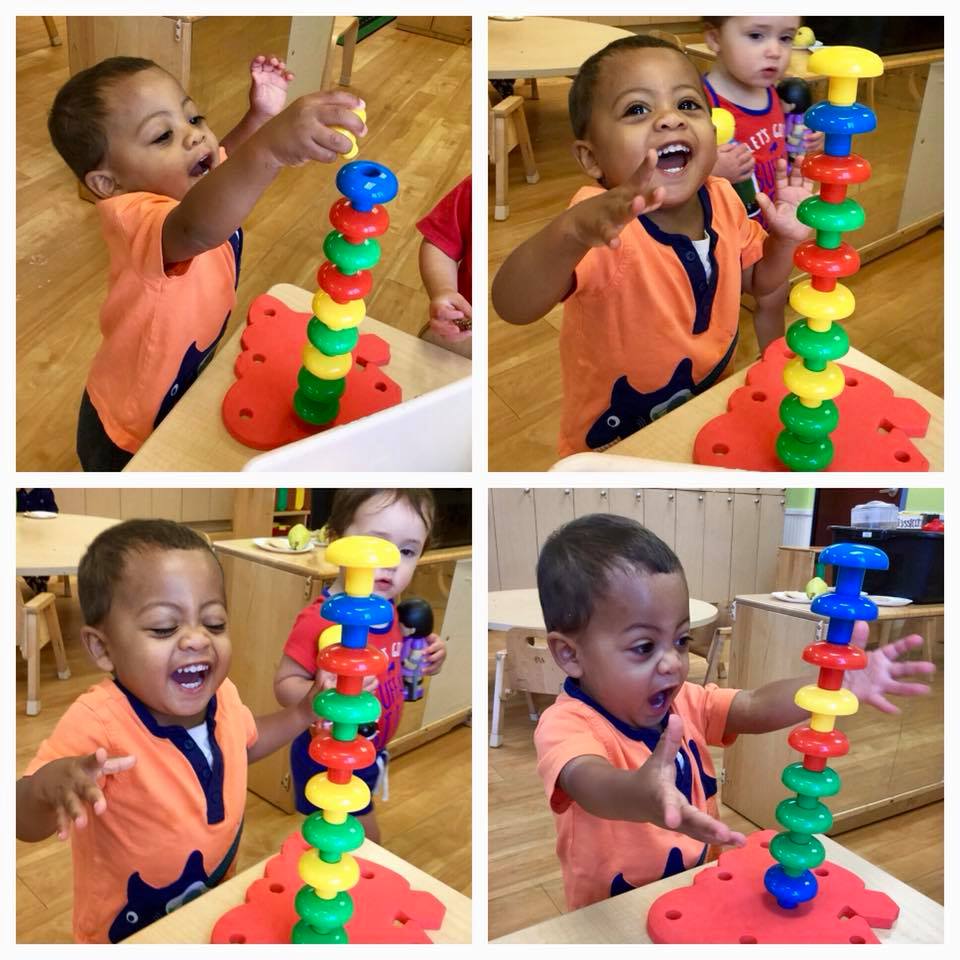
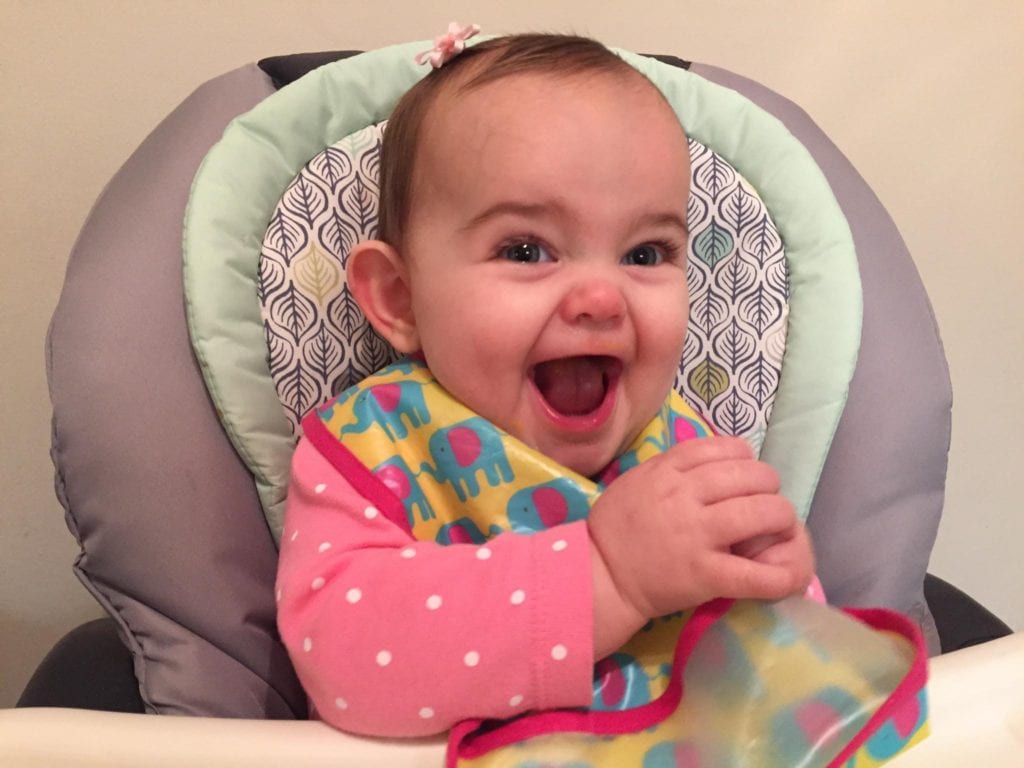
My little experiment made me realize: you get what you look for. You get pennies when you look for pennies. You get joy when you look for joy. You get frustrated when you expect to be frustrated, and in the classroom when you look for Johnny to have a rough day on Tuesday- you’re probably going to get exactly what you’re looking for.
This made sense considering the brain science. When we focus on positive things it creates positive pathways in our brain and can actually reinforce and build new synapses. This article describes the activity in much more detail, but essentially happy thoughts, positive thinking, and recognizing moments of joy keep our brains happy and healthy.
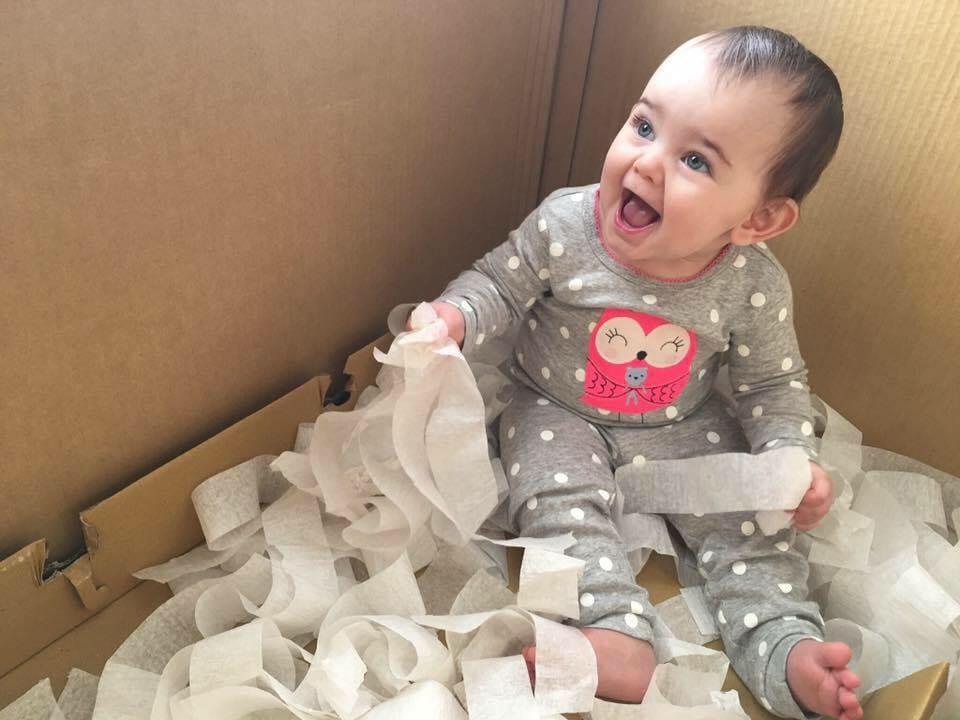
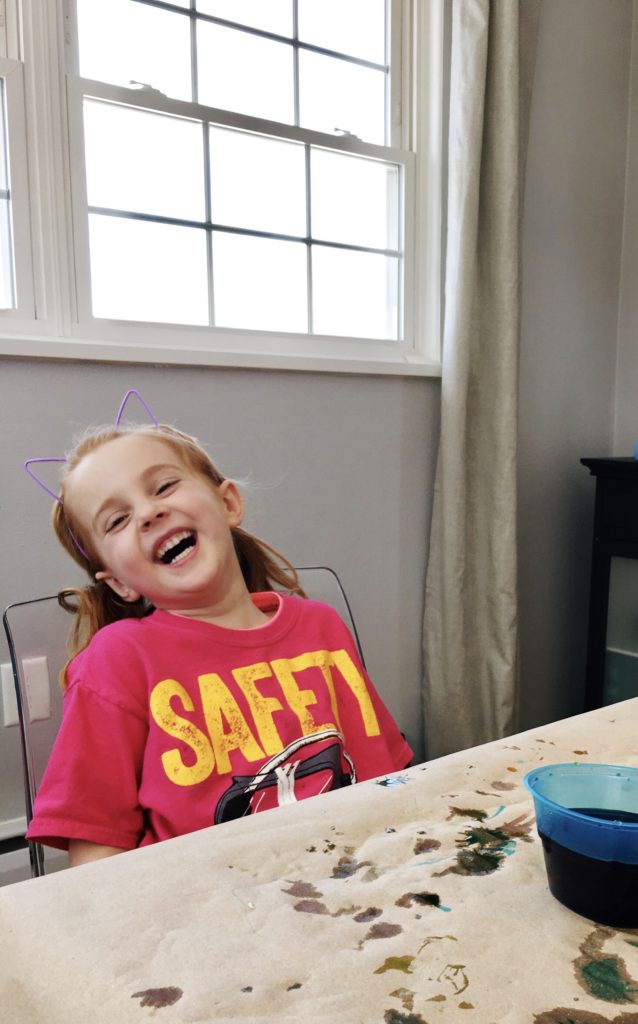
So what can we do?
The same thing we do for our children- be aware of and acknowledge the feeling we are having, whether it is joy, anger, frustration, or disappointment. Accept those feelings, since all feelings are healthy expressions of what is going on with us, and use it to help us better understand ourselves. As much as possible- we can be in the moment. Push the to-do lists and tasks to the back of our minds and simply sit with our ice cream, play a game with our child, sip our coffee.
I don’t know about you, but I am going to continue to play my “Joy Game.” Maybe once in a while, when I acknowledge that feeling of intense satisfaction, that moment of elation that is joy, I will suppress the societal expectations and express that unbridled joy through every facet of my being and feel what it is like to experience the euphoria from a child’s perspective once again.

 1.866.668.5111
1.866.668.5111  6:30 am - 6:00 pm
6:30 am - 6:00 pm 
 Give a Happy High Five!
Give a Happy High Five!

